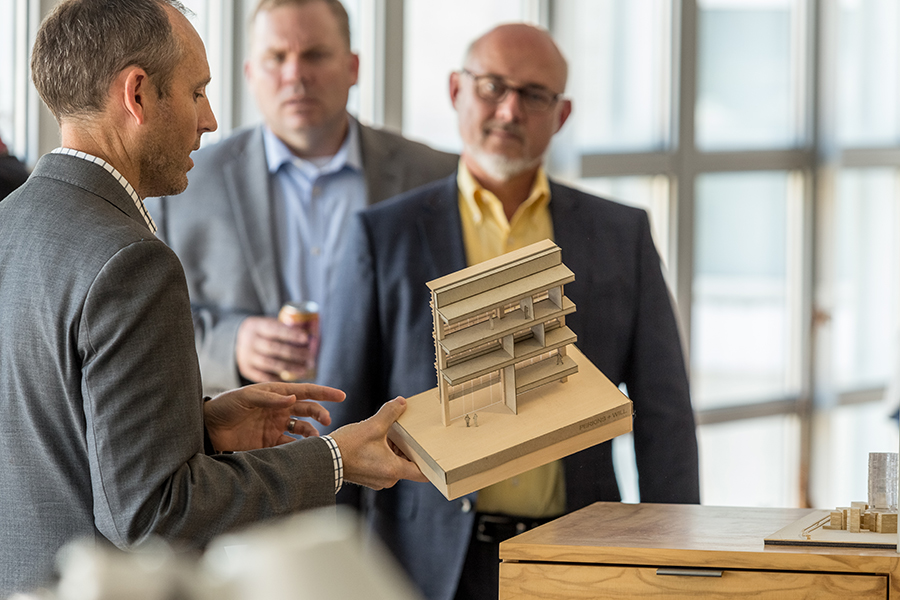The coronavirus crisis has changed the planet beyond recognition over the last couple of months and it is hard to see how the world will ever be able to go back to ‘normal’ any time soon, if ever at all. In one sector, this has led to a complete change in how daily projects and tasks are approached, with architects the world over now looking at ways to help during the coronavirus pandemic and during lockdown in most countries. One architect in Italy (one of the worst hit countries in terms of cases and deaths from Covid-19) decided to help the frontline medical staff by turning shipping containers into hospitals, and it was a sign of things to come for other architects and designers across the world, as emergency rooms and intensive care units quickly became overstretched.
Over the years shipping containers have been taken and turned on their heads to create myriad spaces, from restaurants to pop-up shops, student housing, as a way of alleviating the homeless problem in some cities, and it is now being used in a completely different way that could be incredibly helpful to the effort to treat those people suffering the effects of Covid-19.
A network of international architects and engineers have brought together ideas to come up with a detailed plan of how corrugated shipping containers can safely and effectively be converted into two-bed intensive care units during the coronavirus pandemic. This could quickly alleviate the pressure on existing medical structures across the world, especially at a time where we are witnessing hospitals and ICU’s overflowing and unable to cope with the demand in these unprecedented times.
The most popular approach so far across the world has been to take existing large convention centres, arenas and sporting stadiums and to fill them with a large number of beds to create a brand-new hospital. This has its merits, can be filled incredibly quickly and serve the sheer numbers that we are talking about, but there are some reservations about this approach coming from China (the first country to suffer with the outbreak and deal with the consequences). In China, there was a thought that although these arenas and convention centres were efficient in numbers, they provided a problem of a concentration of contaminated air and a greater likelihood of medical staff becoming infected.

The other option is to open prefabricated hospitals that are fully operational with ventilation and all the necessary equipment and processes required for bio-containment. This approach could take significantly longer at a time when we are all short on time.
A group of architects, including Italo Rota, Carlo Ratti has been working on a solution that combines the benefits of both approaches. The plan is to create an intensive care unit, with all the extractors and negative air pressure required for effective treatment of the virus, all located inside a 20-foot shipping container.
Ratti said; “We thought, is there any way that you can get the speed of convention centre or tent hospital, mounted in a few hours or a couple of days, but at the same time have something that is as safe as the prefab hospital?”

